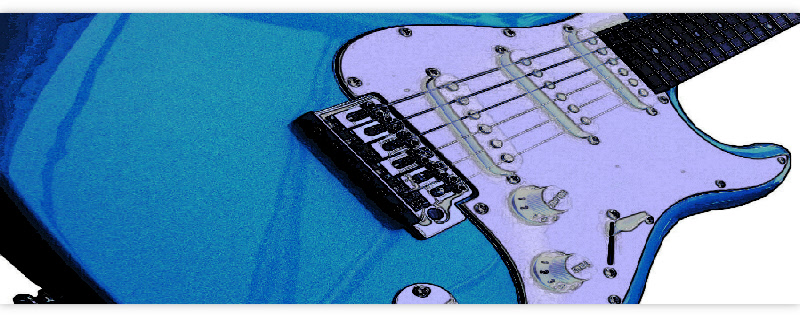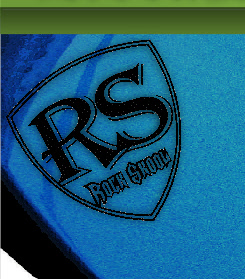



The Skool of guitar excellence


Chords are a group of notes played together to give a thick, harmonious sound. This can mean strumming at least 2 and in some cases all 6 strings on the guitar.
As you read the finger patterns for each chord you will see where to place your fingers on the strings and which number finger to use.
You will also see the number “O” or “X” at the bridge on some of the diagrams, this lets you know when to play the open string and when not to, “O” means play the open string, “X” means don’t play that string!
The chord itself is made up of three notes, often referred to as triads, that come from the major scale of the chord.
For example the C major scale is made up of 8 notes as follows:
C, D, E, F, G, A, B, and back to C, the same note we started on one octave higher.
The rule of thumb for chords or triads, as they are also known, is that they are made up from the 1st, 3rd and 5th notes of the major scale. Now look at the scale and count the 1st, 3rd and 5th.
So, if we play a C major chord, we are playing the notes C, E and G together and any other notes you hear are octaves of these three.
We will see more detail on this later.
Another point to remember is that the “root note” is the lowest sounding note of a chord and any string bearing the same name as the chord you are playing is known as the “root note”, in other words the “root note” is the overall sound that the chord makes as you play it.
When you play a C major chord, C is the root note, and when you play all the notes of the chord the overall sound that you hear is the note C.
Try to hum the note a chord “sounds like” and check it against the open strings that you already know the names of, E, A, D and G.
Get used to “hearing” the root note of each chord as this will help you later when you want to play along with various songs you hear.